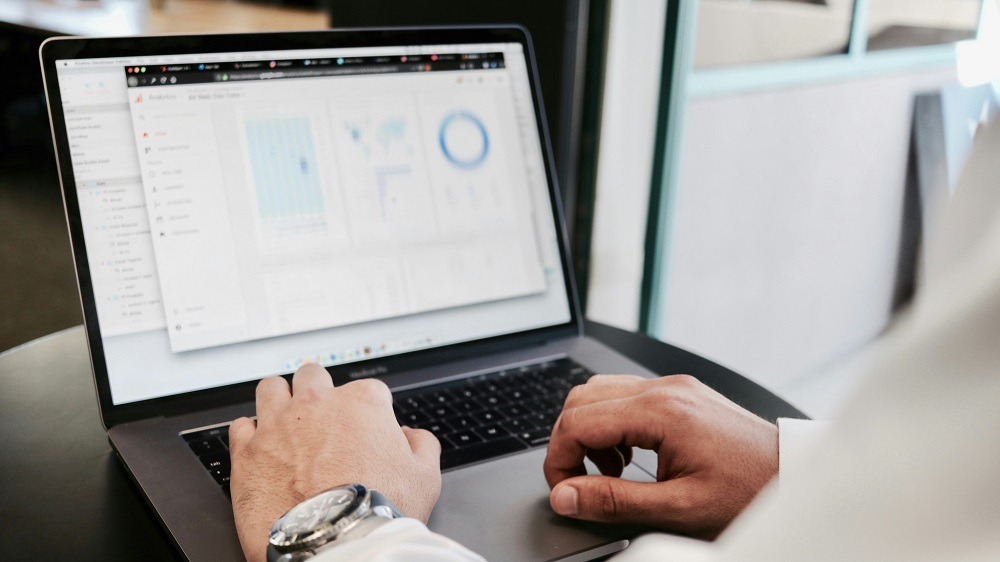When you hear the word “data,” you might think of massive tech companies crunching billions of numbers on fancy servers. But the truth is, using data for small business is not only possible, it’s one of the smartest moves you can make.
You already have valuable information sitting in your business right now. You just need to know how to find it, read it, and use it to make better decisions. It’s easier than you think, and it can help you grow without working harder or guessing what to do next.
Why Data Matters (Even If You’re Small)
Big companies rely on data to make million-dollar decisions. But small businesses need smart decisions even more because every dollar counts. When you understand what’s happening in your business, you can stop wasting time and money. You can focus on what actually grows your revenue and strengthens your customer relationships.
Think of data like a flashlight. Without it, you’re stumbling around in the dark, hoping you don’t trip. With it, you can see exactly where to go.
Some quick wins you can get from using data for small business:
- Spot your best customers and find more like them
- Identify your top-selling products or services
- See where marketing dollars are paying off, and where they aren’t
- Find bottlenecks in your sales process
- Improve customer loyalty and retention
You don’t need an MBA or a full-time analyst to get started. You just need a simple, smart system.
Start with the Data You Already Have
Before you run out and buy expensive software, take a breath. You’re probably sitting on a goldmine of data already. You just haven’t looked at it the right way yet.
Here’s where most small businesses can easily find valuable data:
- Sales records: Who’s buying, how much, and how often?
- Website analytics: How are people finding you? What pages do they visit?
- Customer lists: Who are your most loyal customers? Where did they come from?
- Social media insights: What posts get the most attention or clicks?
- Email marketing stats: What subject lines and offers get opened and clicked?
Each of these gives you clues about what your customers want, how they behave, and how you can serve them better.
Tip: You don’t have to track everything at once. Start simple. Pick one or two areas you want to understand better.
Simple Ways to Use Data for Smart Decisions
You don’t need to drown in spreadsheets. Using data for small business is about finding small insights that lead to big improvements.
Here’s a simple framework to follow:
1. Set a Clear Question
Start with something you want to know.
Examples:
- “Which product brings in the most repeat customers?”
- “What marketing effort brought in the most leads last month?”
When you have a clear question, you know what data to look at.
2. Find the Right Data
Look at the numbers that answer your question.
Example:
- To find your best repeat product, check your sales reports.
- To see your best marketing channel, look at website referrals or lead sources.
3. Look for Patterns
Don’t overthink it. Look for obvious trends.
Example:
- Are 70% of your repeat buyers purchasing the same product?
- Is one social media post getting triple the engagement of others?
That’s not random. That’s a pattern you can use.
4. Make a Simple Decision
Once you see a pattern, act on it.
Example:
- If one product leads to repeat buyers, feature it more often.
- If Facebook ads are working better than Google ads, shift more budget there.
Small, smart changes like these add up fast.
Common Mistakes to Avoid When Using Data
Data can be powerful, but only if you use it the right way. Here are some common mistakes small business owners make and how you can avoid them.
1. Trying to Track Everything
You don’t need to become a data scientist. If you try to track every number under the sun, you’ll overwhelm yourself. Focus on what matters most to your goals right now.
Tip: Start with 1–3 key metrics that actually help you make better decisions.
2. Ignoring What You Find
It’s tempting to stick with “what you’ve always done,” even when the numbers tell a different story.
Good data-driven businesses are flexible. They use real feedback to adapt and improve.
Tip: Be willing to make small changes based on what the numbers tell you.
3. Only Looking at Vanity Metrics
It feels good to see more social media likes or website visits, but if those numbers don’t lead to sales or customer loyalty, they’re just noise.
Tip: Focus on actionable metrics, like conversion rates, customer lifetime value, or sales by source.
How to Start Building a Small Data Habit
You don’t need a big plan or a big investment. You just need to build a small habit of checking and learning from your data.
Here’s a simple system you can use:
| Step | Action |
|---|---|
| Weekly | Spend 30 minutes reviewing one key area (like sales or website traffic) |
| Monthly | Look at trends across the month. What’s improving? What’s not? |
| Quarterly | Set 1–2 small goals based on what you learned (like “Increase email opens by 10%”) |
Keep it light. Keep it simple. Keep it focused on action.
How Small Businesses Could Use Data
- A local coffee shop could start tracking which pastries sell out the fastest each day. With that simple data, they might adjust their baking schedule, making more of the top sellers and less of the slow movers, leading to higher profits without adding any extra costs.
- An online boutique might review their email marketing reports and notice that short, playful subject lines get more opens than formal ones. By tweaking future emails based on that insight, they could easily double their sales from email marketing over a few months.
- A landscaping company could track which neighborhoods respond best to their direct mail campaigns. After spotting the trend, they might shift their marketing focus to similar areas and fill up their project calendar much faster.
None of these businesses would need to hire a data expert. They’d simply have to stay curious, pay attention to the patterns, and make small, smart changes.
You can, too.
Final Thoughts: Start Where You Are
Data doesn’t have to be scary or complicated. Using data for small business is really about paying attention, asking simple questions, and making smarter choices one step at a time. You don’t need fancy dashboards. You don’t need to hire expensive consultants. You already have what you need. You just have to start using it.
Pick one area of your business to focus on. Ask one question. Look at one set of numbers. Make one smart change. That’s how small businesses grow into strong, thriving companies.
One smart decision at a time.


